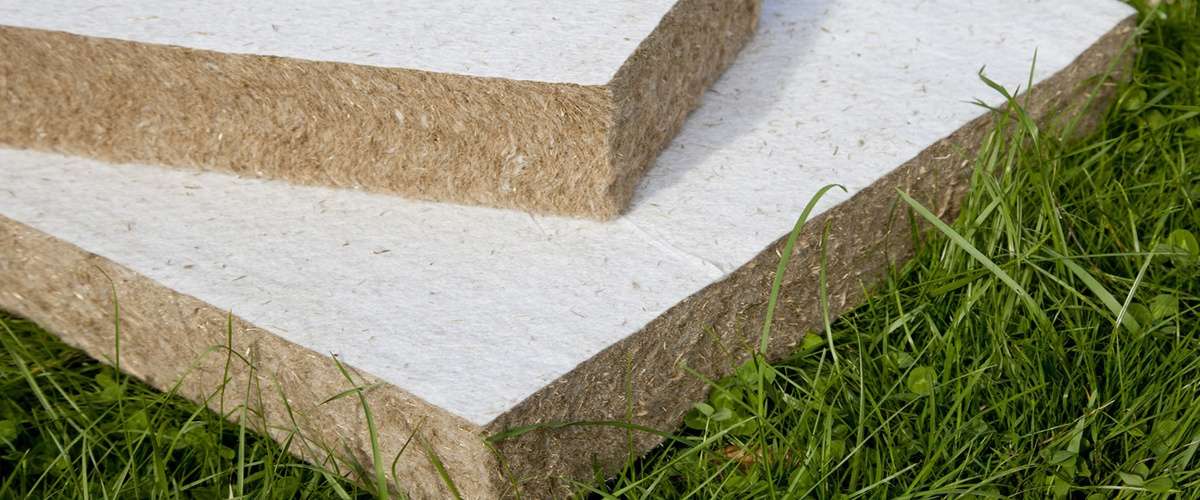

Articles
What Is The Best Natural Insulation
Modified: December 7, 2023
Looking for the best natural insulation? Check out our informative articles on the top options for eco-friendly and energy-efficient home insulation solutions.
(Many of the links in this article redirect to a specific reviewed product. Your purchase of these products through affiliate links helps to generate commission for Storables.com, at no extra cost. Learn more)
Introduction
Natural insulation is an increasingly popular choice for homeowners and builders who prioritize sustainability and energy efficiency. Unlike traditional insulation materials made from synthetic fibers or chemicals, natural insulation is derived from renewable resources such as wool, cotton, cellulose, hemp, cork, and even straw. These natural materials offer a range of benefits, from excellent thermal performance to improved indoor air quality.
In this article, we will explore the various types of natural insulation and delve into their benefits. Whether you’re looking to lower your energy bills, reduce your carbon footprint, or create a healthier living environment, natural insulation is an excellent option to consider.
Beyond its eco-friendly advantages, natural insulation also offers superior performance in terms of heat retention and sound absorption. With proper installation, it can help create a more comfortable and noise-free living space. Additionally, natural insulation materials are non-toxic and do not release harmful chemicals into the air, making them ideal for those with sensitivities or allergies.
Let’s take a closer look at some of the most popular types of natural insulation available:
Key Takeaways:
- Natural insulation, such as wool, cotton, and hemp, offers sustainable, energy-efficient, and non-toxic alternatives to traditional synthetic materials. From superior thermal performance to moisture control, natural insulation creates a healthier and more comfortable living environment.
- By choosing natural insulation, homeowners and builders can reduce their carbon footprint, lower energy bills, and contribute to a more sustainable future. With benefits like soundproofing, fire resistance, and biodegradability, natural insulation provides a versatile and eco-friendly solution for insulation needs.
Read more: What Is Nature’s Toothbrush
Benefits of Natural Insulation
Natural insulation offers a host of advantages compared to traditional synthetic insulation options. Here are some key benefits:
1. Sustainability
Natural insulation is made from renewable materials, which helps to reduce our dependence on fossil fuels and minimize the environmental impact. These materials can be grown, harvested, and replenished, making them a more sustainable choice for insulation.
2. Energy Efficiency
Natural insulation has excellent thermal performance, meaning it is highly effective at trapping heat during the winter and keeping out heat during the summer. This can lead to significant energy savings by reducing the need for heating and cooling systems.
3. Moisture Management
Natural insulation materials, such as wool and hemp, have the ability to absorb and release moisture, regulating indoor humidity levels. This helps prevent mold and mildew growth, creating a healthier living environment.
Read more: What Is The Best Natural Grass Killer
4. Soundproofing
Natural insulation materials, like cellulose and cork, have excellent sound absorption properties. This can greatly reduce noise transmission between rooms and minimize external noise pollution, providing a quieter and more peaceful living space.
5. Non-Toxic
Natural insulation materials are typically free from harmful chemicals and synthetic additives, making them a healthier option for both the residents and the environment. They do not release volatile organic compounds (VOCs) or other pollutants into the air, improving indoor air quality.
6. Biodegradability
Unlike synthetic insulation, which can take hundreds of years to decompose in landfills, natural insulation materials are biodegradable. They can break down naturally over time, reducing long-term waste and environmental impact.
7. Versatility
Natural insulation materials come in a variety of forms, such as batts, blankets, loose-fill, and spray foam. This versatility allows for easy installation in various building structures, including walls, floors, and roofs.
Overall, natural insulation provides a sustainable, energy-efficient, and healthy alternative to traditional insulation materials. By choosing natural insulation, you can create a more comfortable and environmentally-friendly living space while reducing your energy consumption and carbon footprint.
Read more: What Insulation Is The Best For Ceilings
Wool Insulation
Wool insulation is one of the most popular types of natural insulation due to its exceptional thermal performance and sustainable properties. It is made from the fleece of sheep or lambs and is highly regarded for its insulating abilities.
One of the key benefits of wool insulation is its excellent thermal efficiency. Wool fibers have natural air pockets, which effectively trap heat and prevent the transfer of cold air. This helps maintain a comfortable indoor temperature year-round and reduces the need for excessive heating or cooling.
Wool insulation also excels in moisture management. It has the ability to absorb and release moisture vapor, helping to regulate humidity levels and prevent condensation. This not only reduces the risk of mold and mildew growth but also contributes to a healthier indoor environment.
Another advantage of wool insulation is its fire-resistant properties. Wool fibers are naturally flame-resistant, making wool insulation a safe choice for homes and buildings. Unlike synthetic insulation, wool does not melt or release toxic fumes when exposed to fire.
Furthermore, wool insulation is a sustainable and eco-friendly option. Sheep produce wool annually, which can be harvested without causing harm to the animals. Wool is also biodegradable and can be recycled at the end of its lifespan, minimizing its environmental impact.
Installation of wool insulation is typically straightforward. It is available in various forms, including batts and blankets, which can be easily cut to fit different areas and structures. Wool insulation does not require any special equipment or protective clothing during installation, making it a user-friendly choice.
In terms of cost, wool insulation may be slightly more expensive than synthetic counterparts upfront. However, the long-term benefits and energy savings can outweigh the initial investment. Additionally, wool insulation has a longer lifespan and retains its insulating properties even after many years.
Overall, wool insulation offers excellent thermal performance, moisture management, fire resistance, and sustainability. It provides a natural and environmentally-friendly solution for insulating homes and buildings, creating a comfortable and energy-efficient living environment.
Cotton Insulation
Cotton insulation is a natural and sustainable alternative to traditional insulation materials. It is made from recycled cotton denim, typically sourced from post-consumer denim jeans or scraps from textile manufacturing. This makes cotton insulation an eco-friendly choice that helps reduce waste and promote a circular economy.
One of the key benefits of cotton insulation is its excellent thermal performance. Cotton fibers have natural air pockets that trap heat, providing effective insulation and reducing energy consumption for heating and cooling. This can result in lower energy bills and increased energy efficiency within a home or building.
Cotton insulation also offers good sound absorption properties, making it an ideal choice for reducing noise transmission between rooms or blocking external noise. This can contribute to creating a quieter and more peaceful living or working environment.
Unlike synthetic insulation materials, cotton insulation is non-toxic and does not release any harmful chemicals into the air. This is particularly beneficial for individuals with respiratory conditions or sensitivities, as it can help improve indoor air quality and create a healthier living space.
Another advantage of cotton insulation is its ability to effectively control moisture. Cotton fibers have a high absorption capacity, meaning they can absorb and release moisture, preventing mold and mildew growth. This enhances the overall durability and longevity of the insulation and contributes to maintaining a healthy indoor environment.
Installation of cotton insulation is relatively straightforward. It is available in batts or loose-fill form, allowing for easy fitting into wall, floor, and ceiling cavities. Cotton insulation is lightweight and easy to handle, reducing installation time and effort.
In terms of cost, cotton insulation may be slightly more expensive than traditional fiberglass insulation upfront. However, the long-term benefits, such as reduced energy bills and improved indoor air quality, can outweigh the initial investment.
Cotton insulation is also considered a sustainable choice due to its use of recycled materials and reduced reliance on raw resources. By choosing cotton insulation, individuals can contribute to the reduction of landfill waste and support environmentally-friendly practices.
In summary, cotton insulation offers excellent thermal performance, sound absorption, moisture control, and a non-toxic and eco-friendly insulation solution. It is a versatile and sustainable choice that can help create a comfortable and healthy living or working environment.
Cellulose Insulation
Cellulose insulation is a natural and environmentally-friendly option made from recycled paper products. It is treated with fire-retardant chemicals to enhance its resistance to flames. Cellulose insulation is known for its excellent thermal performance and moisture control capabilities, making it a popular choice for both residential and commercial buildings.
One of the main advantages of cellulose insulation is its high thermal resistance. It provides effective insulation by reducing heat transfer through walls, attics, and floors. With proper installation, cellulose insulation can significantly improve energy efficiency, reducing the need for excessive heating and cooling.
Cellulose insulation also excels in soundproofing. The dense fibers of the material help absorb and reduce noise transmission, minimizing sound transfer between rooms and reducing external noise pollution. This can create a quieter and more comfortable living or working environment.
Another key benefit of cellulose insulation is its moisture control properties. The fibers in cellulose insulation can absorb and release moisture, preventing condensation and reducing the risk of mold and mildew growth. This helps maintain a healthier indoor environment and protects the integrity of the building structure.
Cellulose insulation is also considered a sustainable option as it is made from recycled paper products. By using cellulose insulation, you are reducing landfill waste and promoting a more circular economy. Additionally, the energy required to manufacture cellulose insulation is significantly lower compared to synthetic insulation materials, further reducing its carbon footprint.
Installation of cellulose insulation can be done using the blown-in method, where it is blown into attics or wall cavities, or it can be installed in batt form. The flexibility of cellulose insulation allows for easy fitting into various spaces and reduces the chance of air leakage and thermal bridging.
In terms of cost, cellulose insulation is typically comparable to other insulation options. While it may have a slightly higher upfront cost than traditional fiberglass or mineral wool insulation, the long-term energy savings and improved comfort make it a worthwhile investment.
In summary, cellulose insulation offers excellent thermal performance, soundproofing capabilities, moisture control, and a sustainable solution for insulation needs. It is a versatile and eco-friendly choice that can help create an energy-efficient and comfortable living or working environment.
Hemp Insulation
Hemp insulation is a natural and sustainable alternative for those seeking eco-friendly insulation options. It is made from the fibers of the hemp plant, a versatile and fast-growing plant that requires minimal water and pesticides to cultivate. Hemp insulation offers several benefits, including excellent thermal performance, moisture control, and environmental advantages.
One of the primary advantages of hemp insulation is its high thermal resistance. The natural fibers of hemp create air pockets that effectively trap heat, providing optimal insulation in both hot and cold climates. This can help reduce energy consumption for heating and cooling, leading to lower utility bills and increased energy efficiency.
Another benefit of hemp insulation is its moisture control capabilities. Hemp fibers are naturally breathable and able to absorb and release moisture vapor. This helps regulate indoor humidity levels, preventing condensation and the growth of mold and mildew. By maintaining a healthy indoor environment, hemp insulation contributes to better air quality and reduces the risk of respiratory issues.
Hemp insulation is also known for its fire-resistant properties. The fibers of hemp are inherently resistant to flames, reducing the risk of spreading fires. This makes hemp insulation a safe and reliable option for homes and buildings.
From an environmental perspective, hemp insulation is highly sustainable. Hemp plants are fast-growing and require minimal resources to cultivate, making them a renewable and eco-friendly choice. Additionally, hemp insulation is biodegradable and can be composted at the end of its lifespan, minimizing waste and reducing environmental impact.
Installation of hemp insulation is relatively simple and can be done using batts or loose-fill form. The flexible nature of the material allows for easy fitting into various wall, floor, and roof cavities. Hemp insulation is lightweight and easy to handle, making the installation process efficient and hassle-free.
In terms of cost, hemp insulation may be slightly more expensive compared to traditional insulation options. However, the long-term benefits, such as energy savings, improved comfort, and reduced environmental impact, outweigh the initial investment.
In summary, hemp insulation offers excellent thermal performance, moisture control, fire resistance, and sustainability. It is a natural and eco-friendly choice that helps create a comfortable and energy-efficient living or working environment while minimizing the impact on the planet.
Read more: What Is The Best Material For Insulation
Cork Insulation
Cork insulation is a natural and sustainable option that provides excellent thermal performance and a range of other benefits. It is made from the bark of cork oak trees, which can be harvested without harming the tree itself. Cork insulation is a versatile choice that offers several advantages, including insulation properties, moisture resistance, fire resistance, and sustainability.
One of the main benefits of cork insulation is its exceptional thermal performance. Cork has natural insulating properties, trapping heat and maintaining a comfortable indoor temperature. Whether it’s hot or cold outside, cork insulation helps to reduce heat transfer, resulting in energy savings and improved comfort all year round.
Cork insulation also excels in moisture resistance. The unique cellular structure of cork makes it highly waterproof, preventing the absorption of moisture and inhibiting the growth of mold and mildew. This moisture resistance contributes to a healthier living environment and protects the integrity of the building structure.
Another advantage of cork insulation is its fire resistance. Cork is naturally flame retardant and does not release harmful gases when exposed to flames. This makes cork insulation a safe and reliable choice for homes and buildings, providing an extra layer of protection in case of fire.
Cork insulation is also highly sustainable and eco-friendly. The harvesting of cork bark does not require cutting down trees, as the bark naturally regenerates. This allows for a renewable and environmentally-friendly source of insulation material. Additionally, cork insulation is biodegradable and can be recycled or composted at the end of its lifespan, reducing waste and minimizing its impact on the environment.
Installation of cork insulation is relatively straightforward. It is available in various forms, including rigid boards or panels, which can be easily cut to fit different areas and structures. Cork insulation is lightweight and easy to handle, making the installation process efficient and convenient.
In terms of cost, cork insulation may be slightly more expensive than traditional options upfront. However, the long-term benefits, such as energy savings, improved indoor air quality, and reduced environmental impact, make it a worthwhile investment.
In summary, cork insulation offers excellent thermal performance, moisture resistance, fire resistance, and sustainability. It is a natural and environmentally-friendly choice that helps create a comfortable, energy-efficient, and safe living or working environment.
Straw Insulation
Straw insulation is a natural and sustainable option for those seeking eco-friendly insulation materials. It is made from the stalks of agricultural straw, usually wheat or rice straw, which are abundantly available as a byproduct of grain production. Straw insulation offers several benefits, including excellent thermal performance, moisture control, and environmental advantages.
One of the primary advantages of straw insulation is its high thermal resistance. Straw fibers have natural air pockets that trap heat, providing effective insulation and reducing energy consumption for heating and cooling. This can lead to lower energy bills and increased energy efficiency within a home or building.
In addition to its thermal properties, straw insulation also offers good moisture control. The natural fibers of straw can absorb and release moisture, helping regulate indoor humidity levels and prevent condensation. This reduces the risk of mold growth and contributes to a healthier indoor environment.
Another benefit of straw insulation is its fire-resistant properties. Straw has a high ignition temperature, meaning it is less likely to catch fire easily. This can provide an added level of safety and protection in case of a fire.
Straw insulation is considered a sustainable option as it utilizes agricultural waste that would otherwise be discarded. By using straw insulation, you are reducing waste and promoting a more sustainable and circular economy. Additionally, the production process for straw insulation requires fewer resources and emits less carbon dioxide compared to other insulation materials.
Installation of straw insulation is relatively simple. It is available in bales or loose-fill form, which can be easily fitted into walls, attics, and floors. Straw insulation is lightweight and can be easily handled during the installation process.
In terms of cost, straw insulation is typically more affordable compared to many other insulation options. Its availability and use of agricultural waste make it a cost-effective choice for insulation needs.
In summary, straw insulation offers excellent thermal performance, moisture control, fire resistance, and sustainability. It is a natural and environmentally-friendly choice that can help create a comfortable, energy-efficient, and eco-friendly living or working environment.
Consider using materials such as wool, cotton, hemp, or cork for natural insulation. These materials are renewable, non-toxic, and have good thermal properties.
Conclusion
Natural insulation provides an excellent alternative to traditional synthetic insulation materials, offering numerous benefits for homeowners and builders. Whether you prioritize sustainability, energy efficiency, or improved indoor air quality, natural insulation options can meet your needs.
From wool insulation to cotton, cellulose, hemp, cork, and straw, each type of natural insulation offers unique advantages. These include excellent thermal performance, moisture management, sound absorption, non-toxicity, biodegradability, and sustainability. By choosing natural insulation, you can create a more comfortable, energy-efficient, and environmentally-friendly living or working space.
It is important to consider factors such as cost, ease of installation, and specific insulation requirements when selecting the right type of natural insulation for your project. While there may be a slightly higher upfront cost compared to traditional insulation materials, the long-term benefits and energy savings make it a worthwhile investment.
Additionally, natural insulation materials have a longer lifespan and do not release harmful chemicals into the air, contributing to better indoor air quality and a healthier living environment. They also offer soundproofing capabilities and moisture control, further enhancing the overall comfort of your space.
By choosing natural insulation, you are not only reducing your environmental impact but also supporting sustainable practices and the use of renewable resources. Natural insulation materials are a valuable option for those looking to lead a greener lifestyle and contribute to a more sustainable future.
In conclusion, natural insulation provides a comprehensive and engaging solution for a variety of insulation needs. With their sustainable properties, excellent thermal performance, and numerous other benefits, natural insulation materials are an optimal choice for those seeking energy efficiency, comfort, and a healthier living environment.
Frequently Asked Questions about What Is The Best Natural Insulation
Was this page helpful?
At Storables.com, we guarantee accurate and reliable information. Our content, validated by Expert Board Contributors, is crafted following stringent Editorial Policies. We're committed to providing you with well-researched, expert-backed insights for all your informational needs.
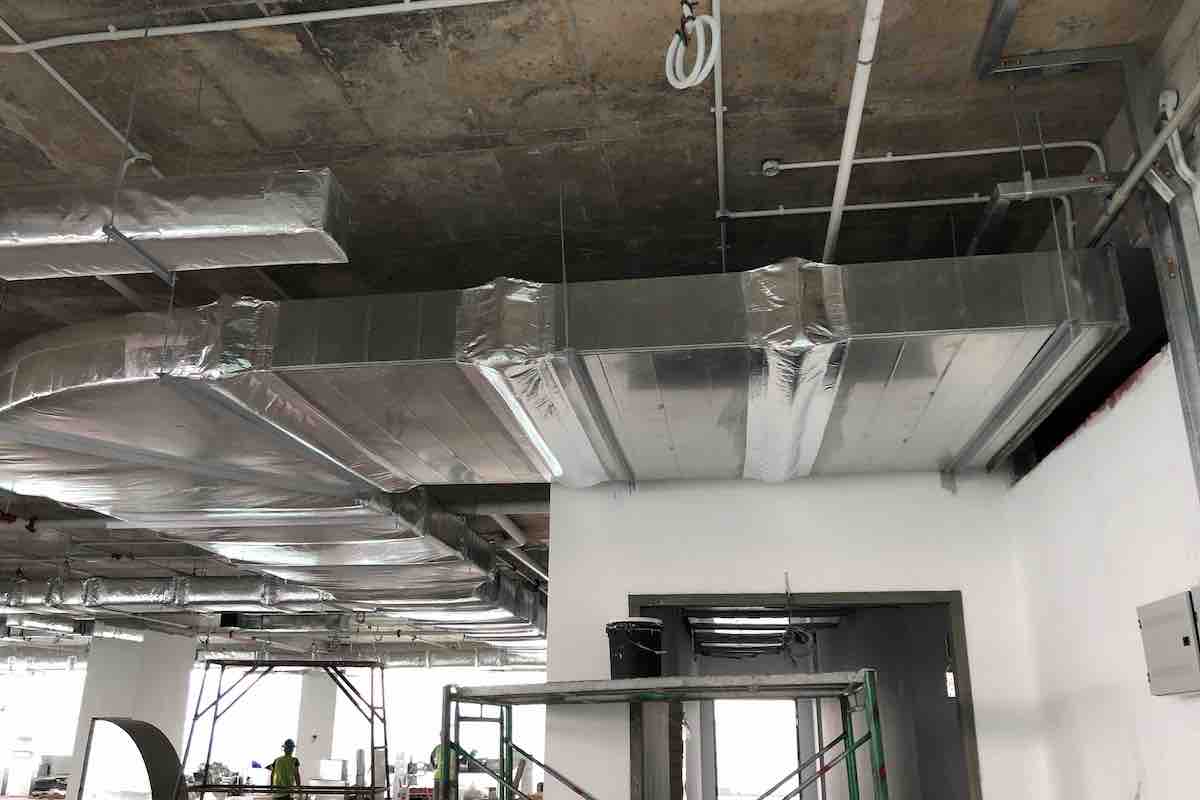
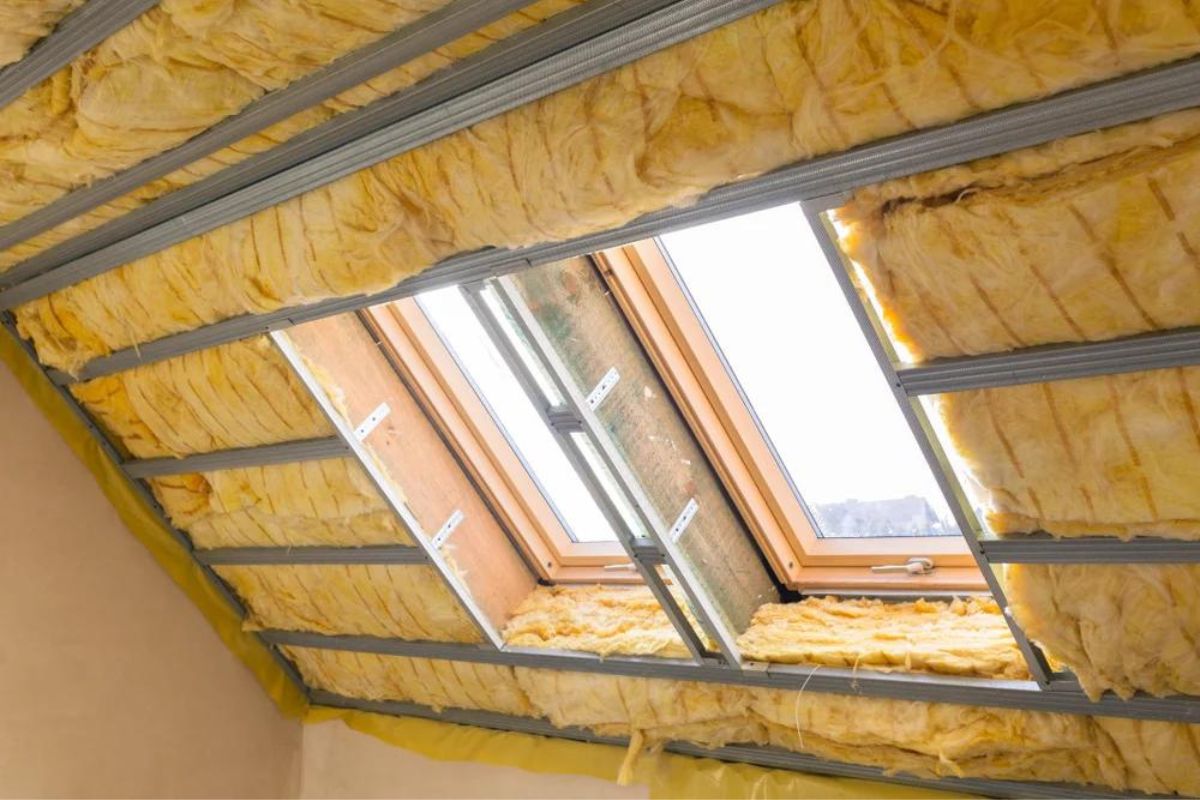

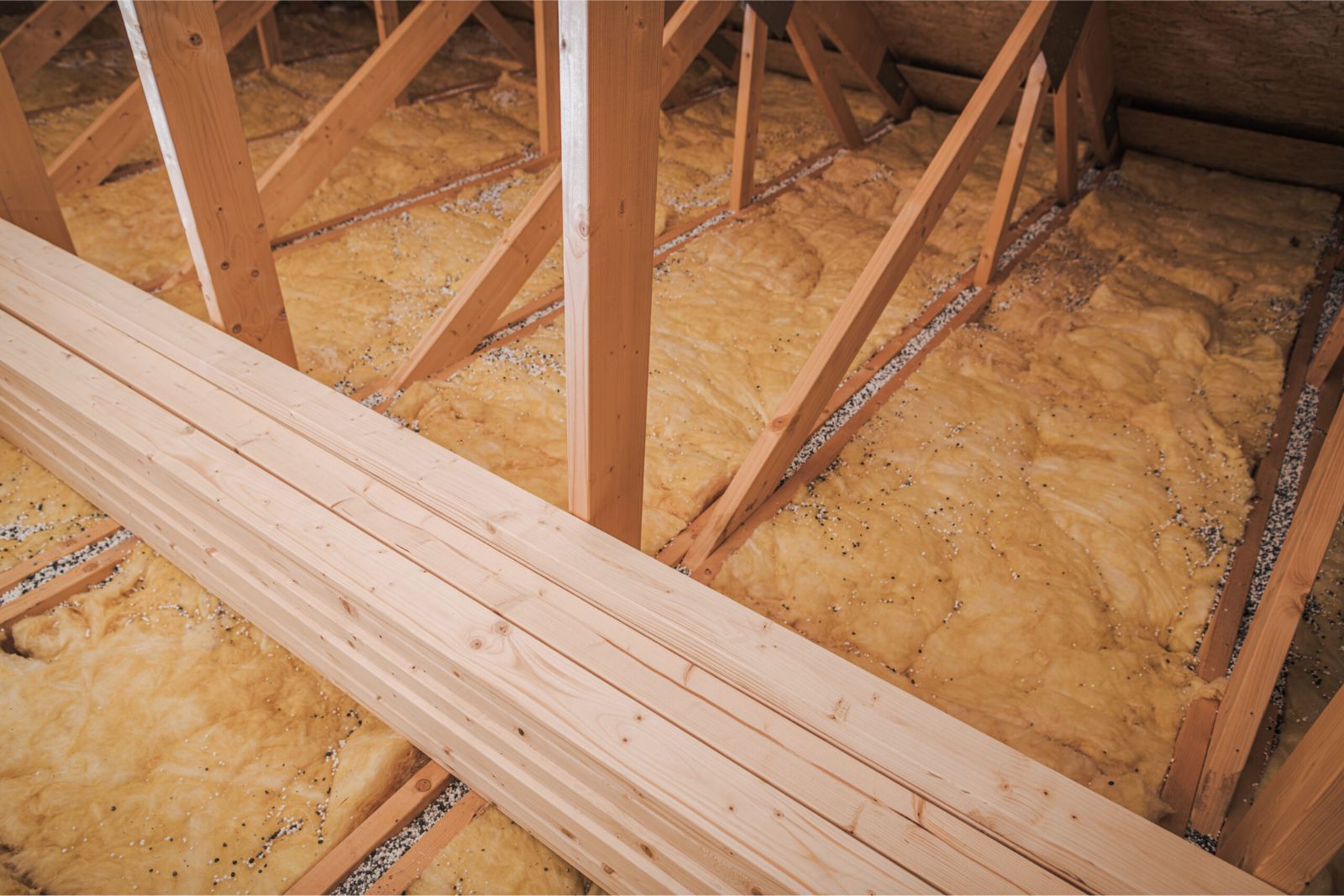
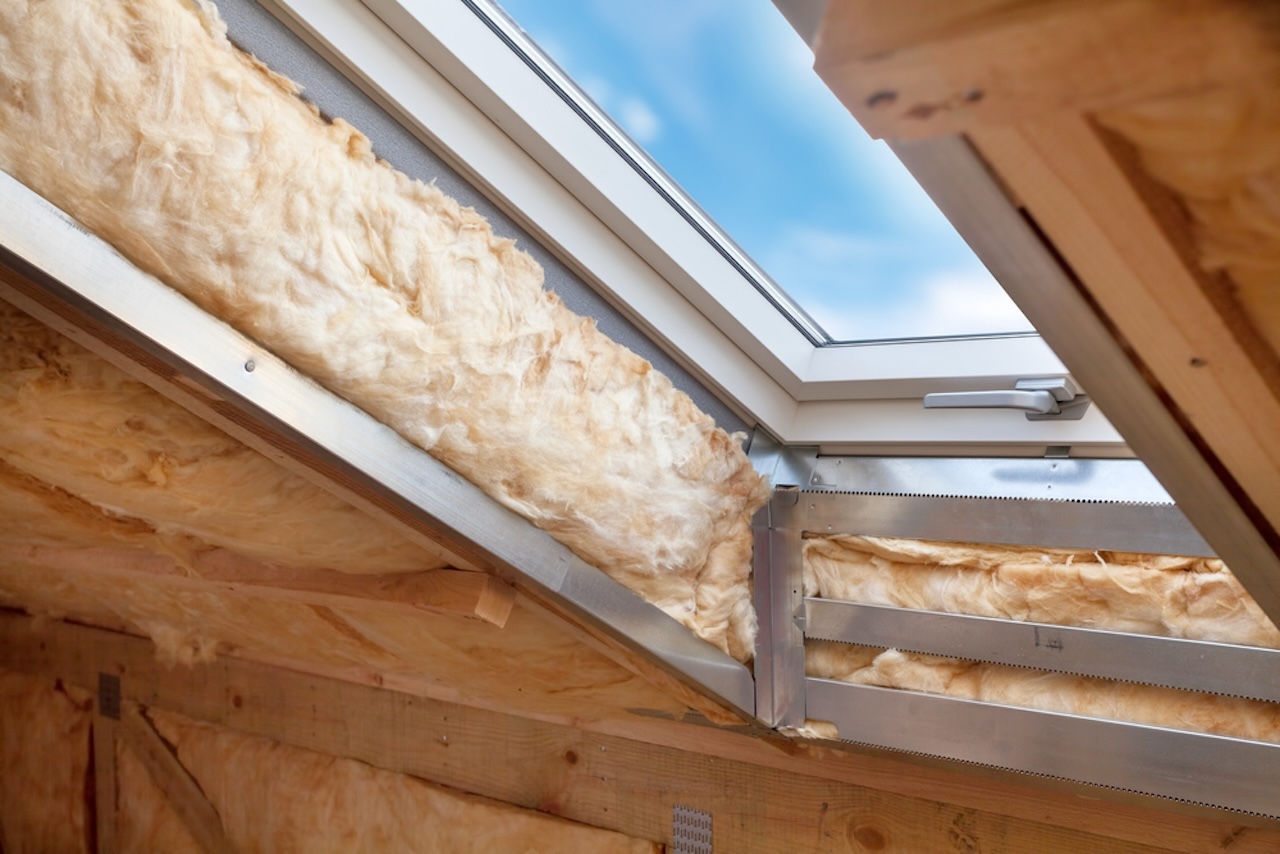
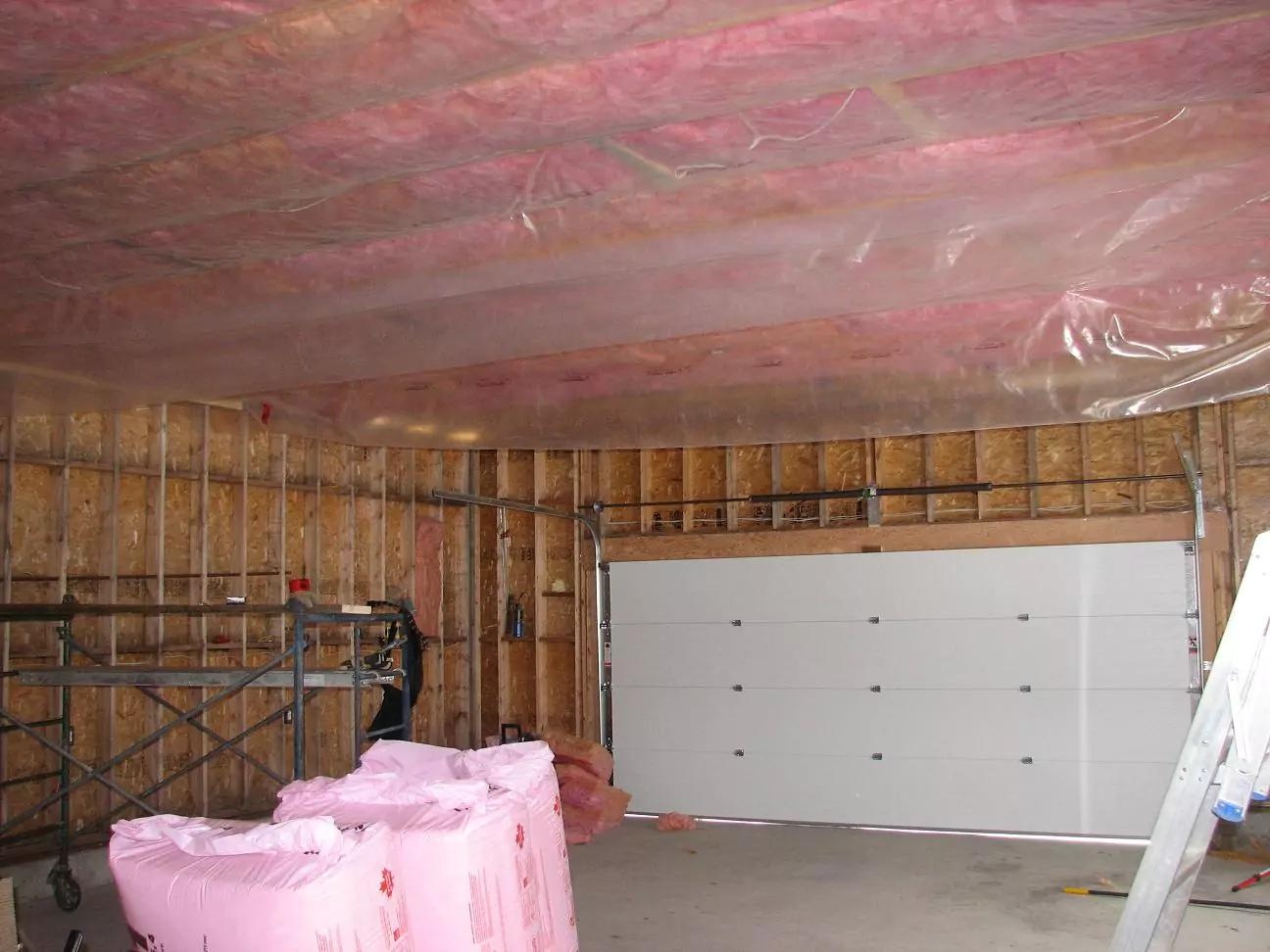
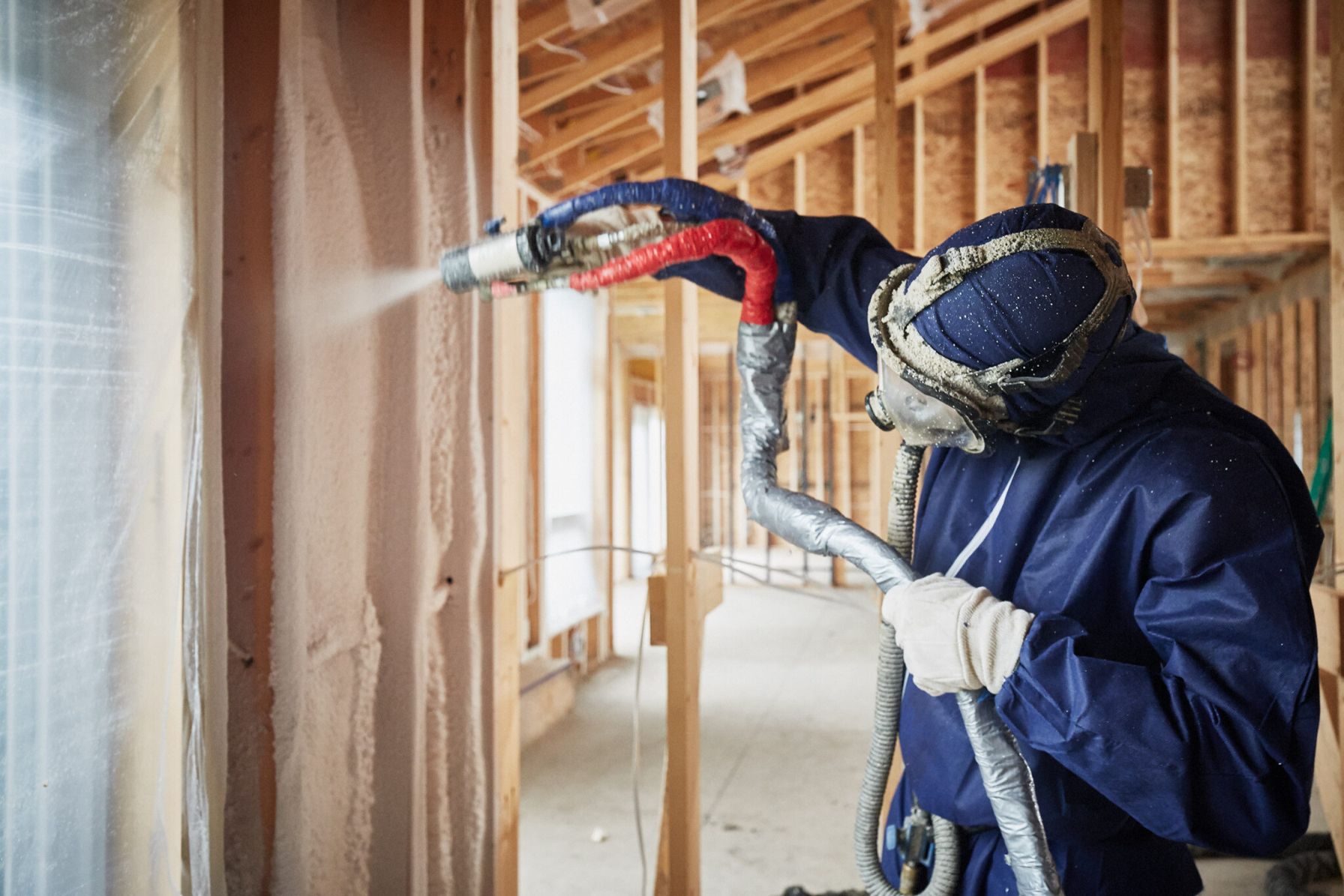
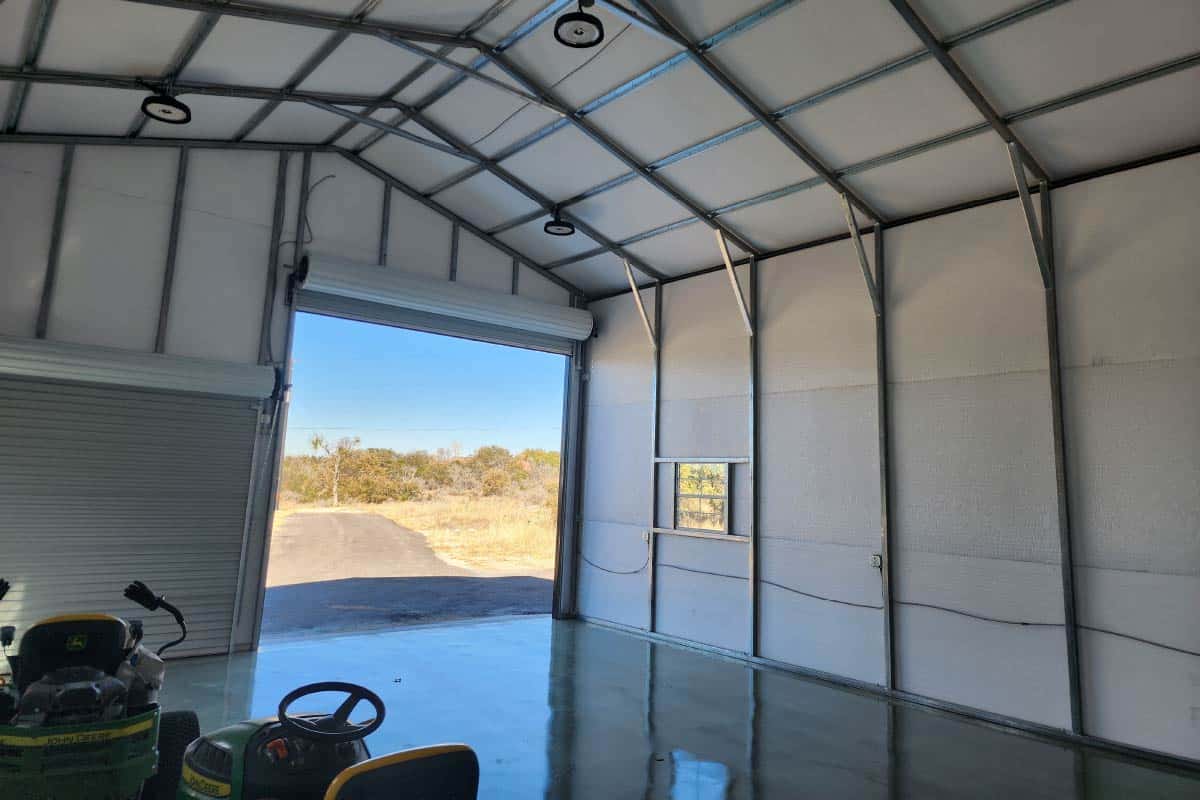
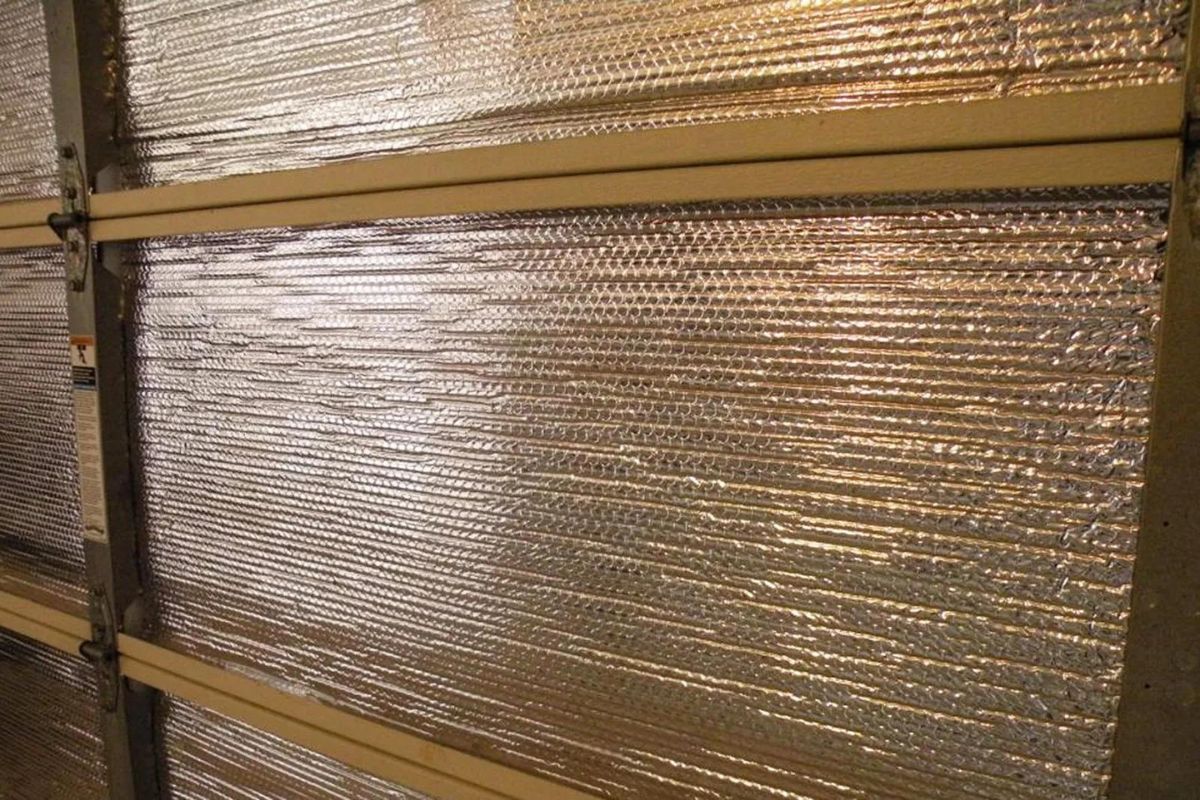
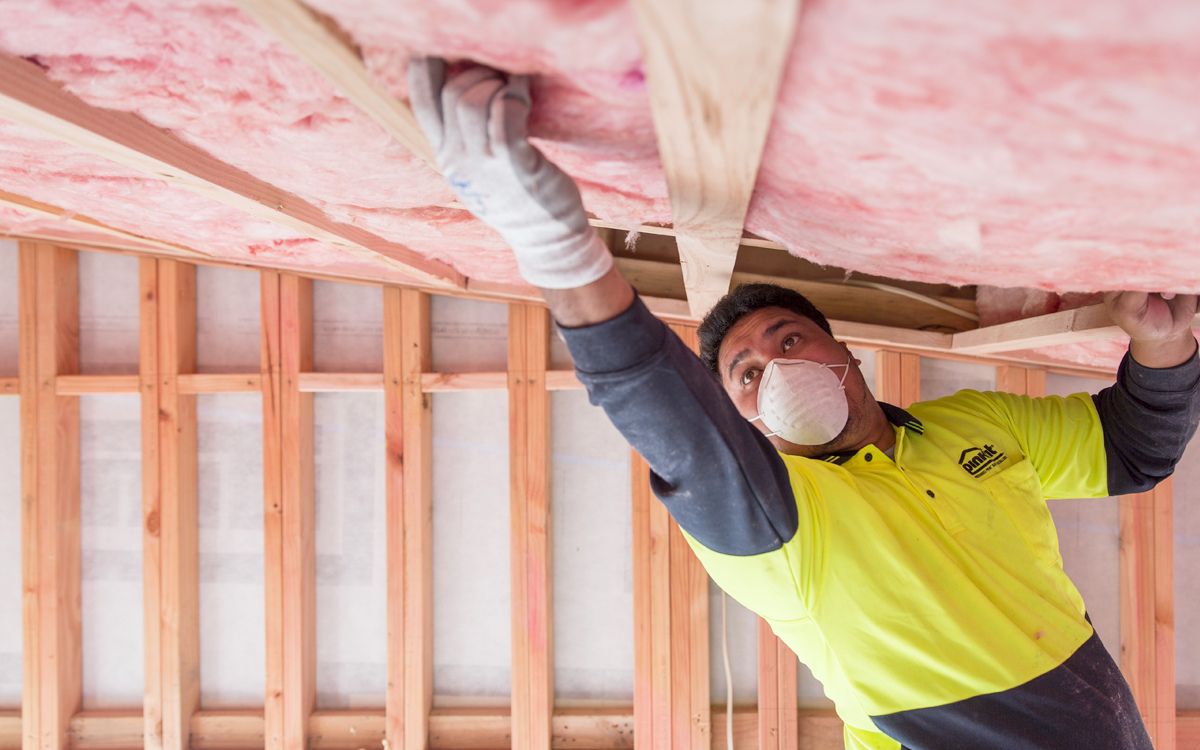
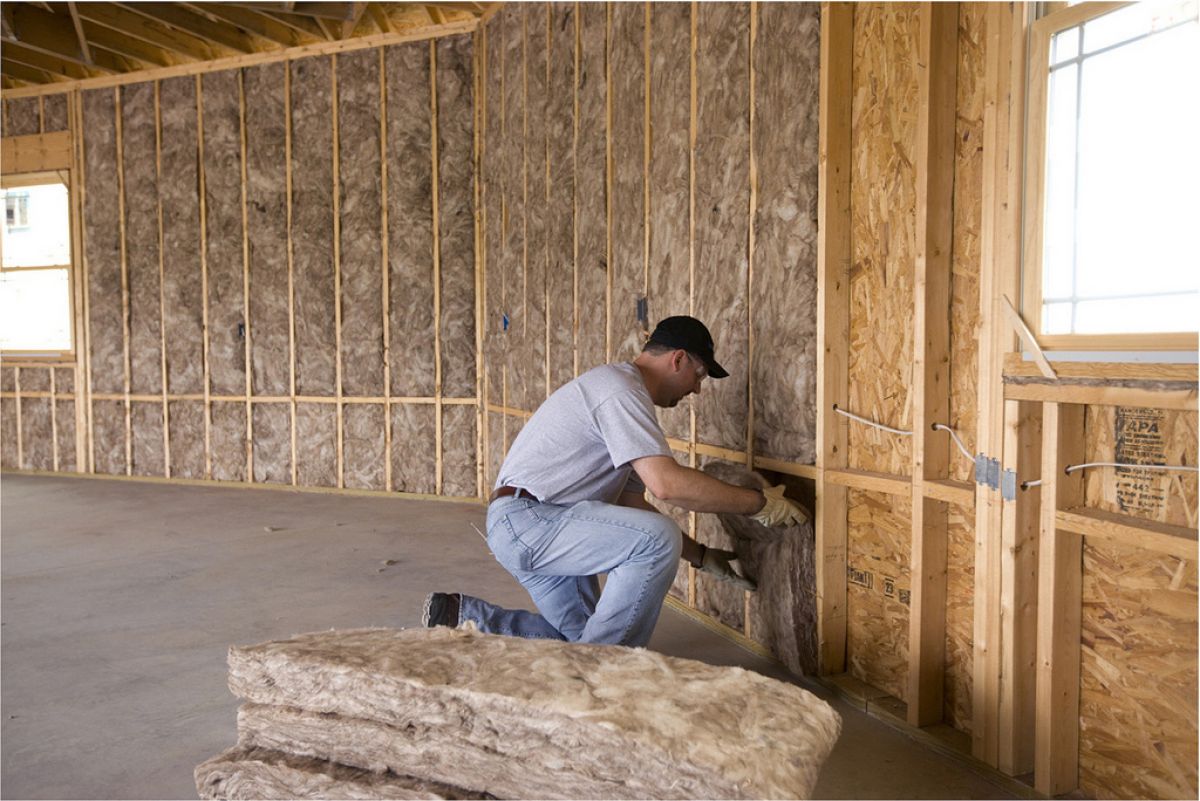
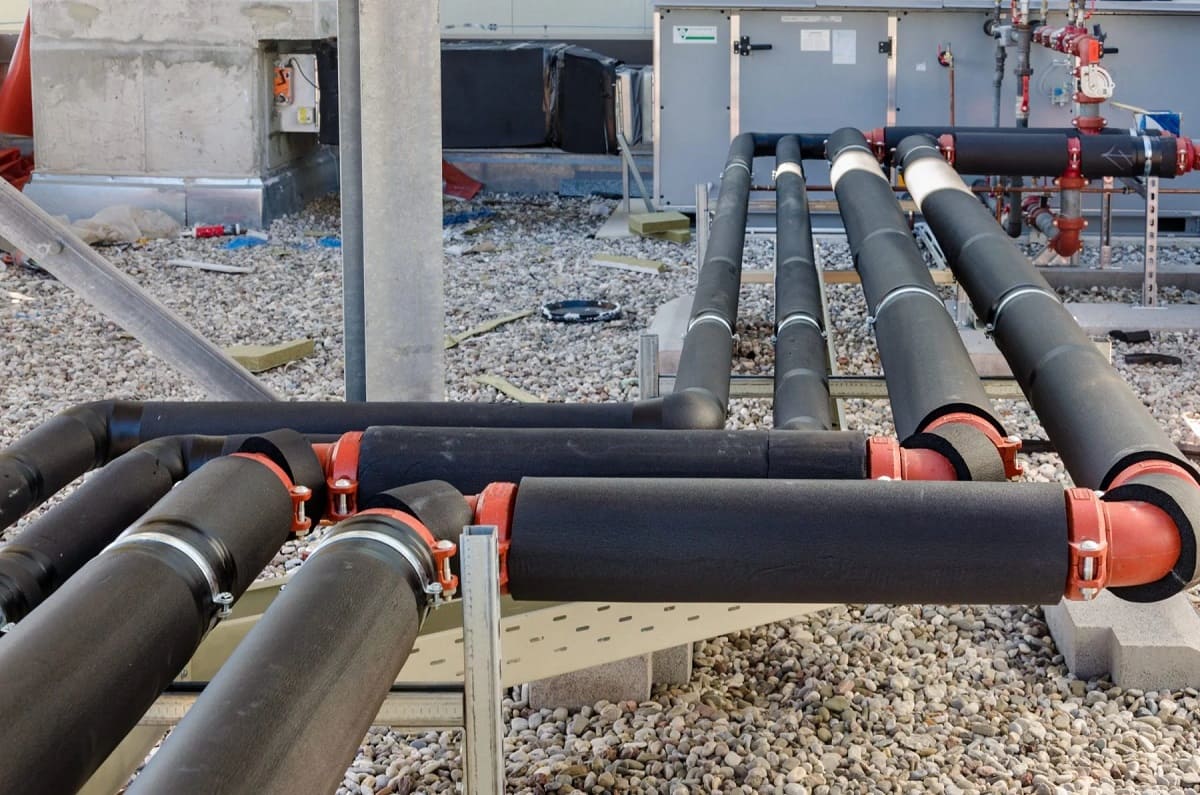

0 thoughts on “What Is The Best Natural Insulation”